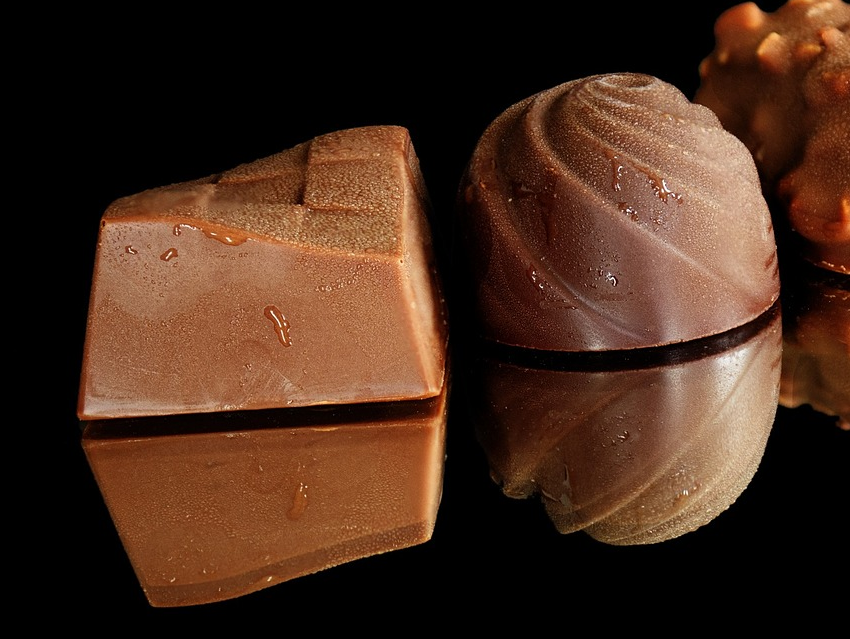Since January 1st, 2019, cocoa products in the EU may only contain a certain amount of cadmium. How much depends on the cocoa content of the product. The darker the chocolate, the more heavy metal is allowed.
The permissible limits have rarely been exceeded even before this date. Only people who love dark chocolate and eat one or two bars a week, absorb, in the worst case, 90 % of the amount recommended by the European Food Safety Authority (EFSA) – in addition to what is contained in wheat, potatoes, leafy vegetables, or seafood. Lovers of dark chocolate should, therefore, follow Paracelsus: The dose makes the poison.
The body absorbs about 5 % of the cadmium that is consumed. It ends up mainly in the kidneys, but also the liver, thyroid, salivary, pancreas, and the bones. Since it is excreted slowly, it accumulates throughout life, especially in the kidneys. Chronic cadmium poisoning can not only destroy the kidneys but also damage nerves. Those affected, for example, can no longer smell. Also, other eating habits can cause problems: People with calcium or iron deficiency ingest more cadmium from food than they normally consume.
Where Cd in Coca Comes From
The cocoa plant stores cadmium in the beans. The plant absorbs the heavy metal from acidic soil (pH ≤ 6.5). The natural cadmium content in soils varies greatly. Clay and organic material bind cadmium in the soil. Artificial fertilizers, pesticides, and air pollution can increase the cadmium content in soils. The main causes are mineral phosphorus fertilizers, which are made from rock phosphates from sedimentary rock. They naturally contain a lot of heavy metals.
What Manufacturers Do
The new cadmium limit is problematic for cocoa farmers. Although they can still sell their beans if the cadmium content is too high, buyers will push down the price.
Manufacturers of chocolate products have no problems. If one cocoa is too high, the first thing to do is to contact the supplier to see if other cocoa is in stock. If not, two different batches – one very good and one with a higher Cd load – are mixed.
Short-term Influence on Cd Content
In the short term, the cadmium content of the soil can be influenced, for example, by raising the pH value of the soil with lime. One possibility could also be to supply cocoa plants with more zinc. Zinc deficiency is a factor in higher Cd uptake in plants. Zinc and cadmium compete for the same binding sites.
- Von der Rohware zum Riegel: Bitter ist nicht nur die Bohne,
Eliza Leusmann,
Nachrichten aus der Chemie 2020, 68, 70–72.
https://doi.org/10.1002/nadc.20204095377




